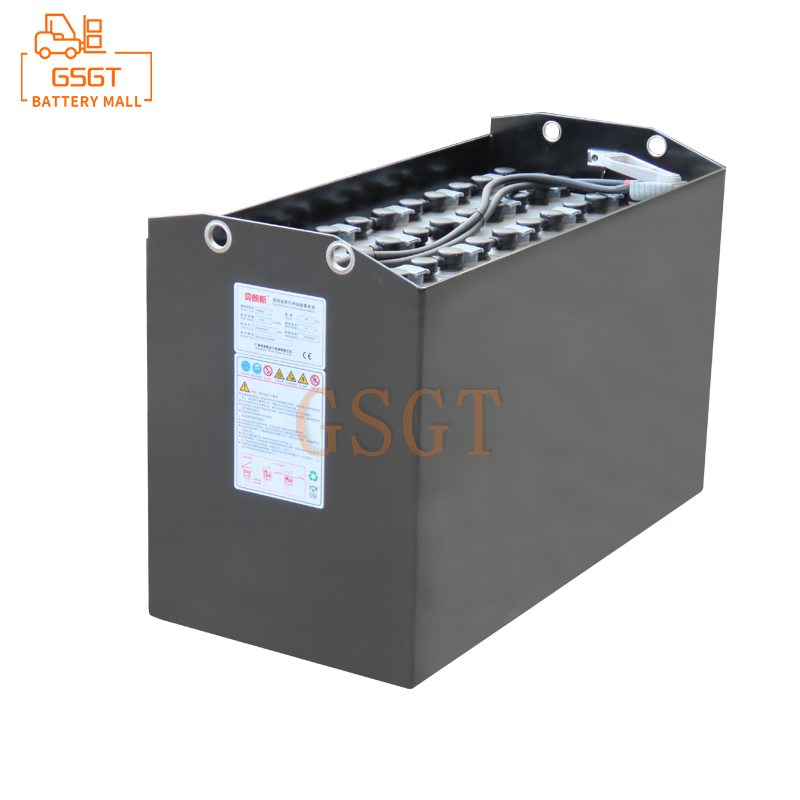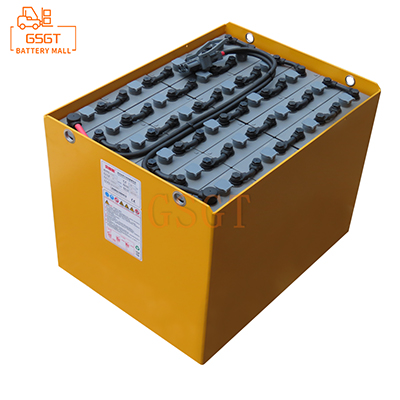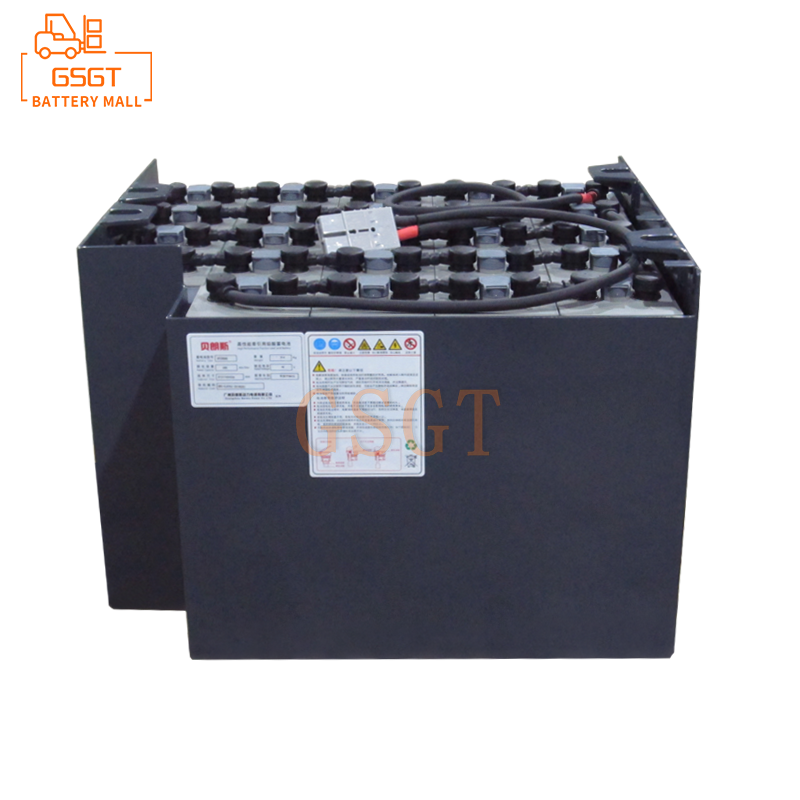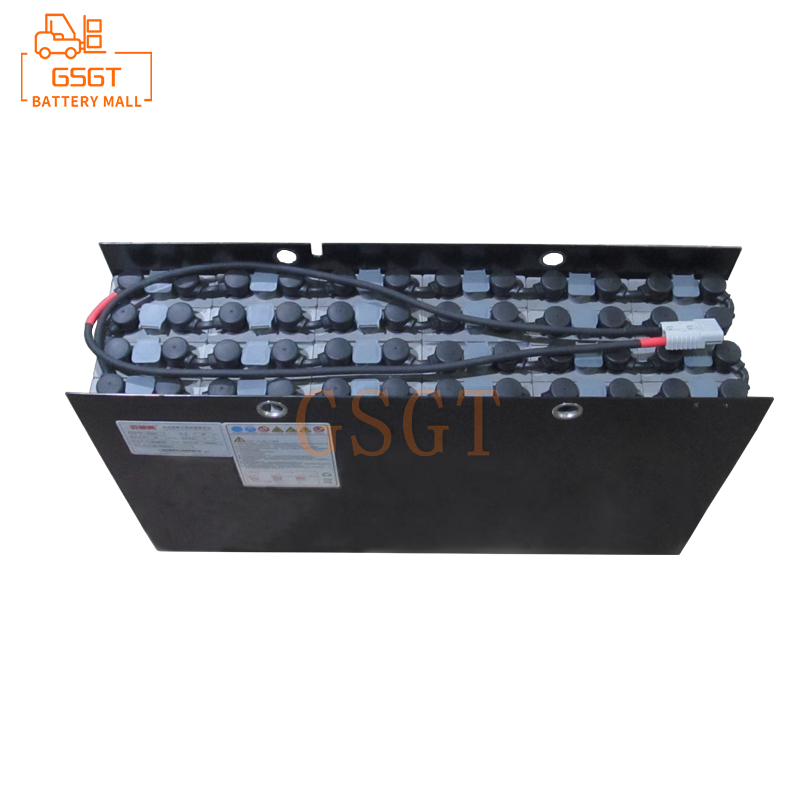Time:2025-03-05 10:54:13
Browse:245
When the global forklift industry is advancing towards the lithium electrochemical circuit, a silent technical route callback is taking place. Recently, Toyota, Jungheinrich, Heli and other mainstream forklift enterprises at home and abroad have launched new counterweight forklifts with lead-acid batteries, and have increased promotion efforts in heavy working conditions such as port logistics and steel smelting. This action has caused industry concern: In the context of lithium penetration exceeding 40%, why can the traditional lead-acid battery regain the favor of the giants?
Secondary calibration of cost and scenario
According to the latest report of Gaogong Lithium Battery (GGII), in the first half of 2023, the domestic electric forklift lithium battery distribution rate increased by 12% year-on-year, but in the field of medium and heavy duty models of more than 3 tons, lead-acid batteries still occupy 76% of the market share. The acquisition cost is only one-third of the lithium battery, but the cycle life can reach more than 1,500 times." The technical person in charge of Hang Fork Group calculated an account to the reporter: to calculate the average working hours of 5-ton forklift trucks, the life cycle cost of the lead acid program is 42% lower than that of lithium, which is very attractive to price-sensitive bulk logistics enterprises.
What makes manufacturers even more excited is the mature lead-acid battery recycling system. Wang Jinxing, deputy secretary general of the China Construction Machinery Industry Association, pointed out: "The recovery rate of lead-acid batteries exceeds 95%, the residual value is stable at 15%-20% of the new product price, and the lithium battery decommissioning evaluation system is not perfect, which makes the heavy asset operation customers more inclined to choose a more certain technical path."
Deep game of security and scenario adaptation
In a warehouse of a steel group in Fujian Province, 20 new lead-acid battery forklifts are working with high intensity around the clock. Lithium batteries are at risk of thermal runaway in high temperature, vibration environments, and the stable chemistry of lead-acid batteries is better suited to such extreme conditions." The scene engineer revealed that the scene had tried the lithium battery model, but the cost of the vehicle increased by 27% due to the additional explosion-proof modification of the battery compartment.
Jungheinrich's latest "Heavy Duty forklift Energy White Paper" confirms this trend: In the application scenario of more than 4 tons of load and continuous operation for more than 8 hours, lead-acid batteries still have advantages in instantaneous high current output stability, resistance to overcharge and overdischarge ability and other core indicators. Mark Schroeder, CEO of the company's China region, stressed: "The technical route is not absolutely good or bad, the key is to match the scene. Lead acid and lithium will form a complementary pattern in the next decade."
The survival rule under technological iteration
In the face of the "counterattack" of lead-acid batteries, the lithium battery camp is not sitting still. The lithium iron phosphate CTP technology launched by Ningde Times claims to increase the life of heavy-duty forklift trucks by 30%, but a foreign forklift brand dealer frankly said: "To break through the heavy-duty market, lithium solutions must crack the three major pain points: low temperature performance attenuation, the phenomenon of lithium analysis caused by fast charging, and the controllability of the whole life cycle cost."
It is worth noting that lead-acid batteries themselves are also evolving. The third generation of graphene-lead acid batteries presented by Superwell Group can increase energy density by 20% and charge efficiency by 35% through carbon composite technology. This is not a simple technical cycle, but a precise innovation based on the needs of the scene." Wang Jingzhong, chairman of the Expert Committee of the China Battery Industry Association, said that the global forklift battery market will exceed 100 billion yuan in 2025, and the coexistence of multiple technical routes will become the new normal.
Conclusion:
When the industry stands at the crossroads of clean energy transformation, the essence of this "lead-lithium dispute" is the deep deconstruction of the industrialization scene. Whether it is the strategic correction of the giants, or the repeated verification of the market segment, it reveals the deep logic of industrial change - on the balance beam of scale effect and technological breakthrough, the price ratio is always the golden key to open the door of the heavy-duty field.

$2450

$3405

$2805

$1345

MESSAGE
Professional And Efficient
Security
Affordable Price
Professional Services